Is there a future for Fuji Rock?
Changes on the music scene present a challenge for Japan’s top festival
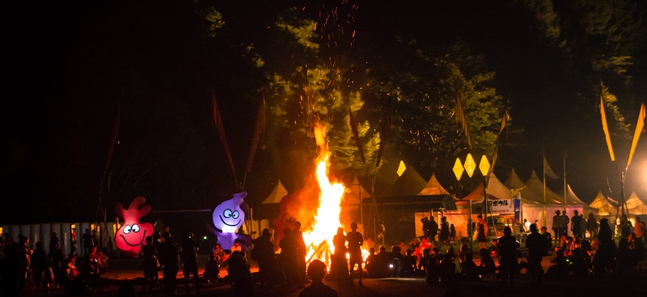
Posted: Mon Aug 10 2015
Although a typhoon was supposed to be on course towards it at one point, the 2015 Fuji Rock Festival for once managed to avoid the bad weather it’s become famed for since its very first event in 1997. Attendance also hit a renewed high with 115,000 festivalgoers making the trip, a marked increase from last year’s lacklustre 102,000 (although still nowhere near to 2012’s 140,000). But even with the uncharacteristically good weather and the increase in numbers, it was hard to find any dramatic upswing the quality of the lineup, something that’s led to widescale analysis of whether this could be the beginning of the end for Fuji Rock. As the festival gears up to celebrate its 20th birthday, promoters may be forced to face a tipping point.
Even before this year’s event got underway, there were ripples of doubt among regular Fuji-rockers. The Green Stage was perceived as lacking in impact, and the lineup on the marquee Red Stage was devoid of edginess. The much-loved eclectic Orange Court stage was no longer, and with it disappeared the All Night Fuji event that used to stretch into the early morning. The introduction of EDM artists also prompted raised eyebrows amongst festival veterans, given that laptop-bashing is more than a tad incompatible with the image Fuji Rock has worked hard to cultivate. In addition, the Field of Heaven area, beloved for its jam bands and hint of hippie psychedelia, was a shadow of its former self: the theme-specific lineups for genres like ska, reggae, soul and blues had been cut.
Other things that caused more than a few grumbles: the shuttle bus from the train station to the festival isn’t free any more, there were visibly fewer staff present at the venue, and – inexplicably – the timetable for the Daydreaming & Silent Breeze stage was nowhere to be found (although the programme went on as usual).
This is not to say we had a miserable time and weren’t impressed by at least some of the acts. The festival maintains a unique flavour not found at pre-packaged, slickly marketed competitors, and the event’s essential attraction still flows from the massive emotional power of music and an audience that’s free from all forms of control. And to be fair, the artist mix was probably the best the organisers could rustle up. But it has to be said: if next year’s festival follows suit in terms of lineup, what was expressed as uncertainty this year could easily turn into straight-up disappointment.
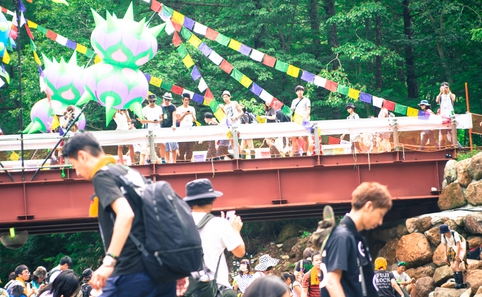
Times they are a-changin’
To properly analyse the situation, we have to look at the changes we’re seeing on the Japanese music scene right now: the way people listen to music is changing – younger music lovers now don’t even have to leave their house to find new music; they simply have to browse YouTube. This is creating a weakening of the music scene and the music industry in general.
Also, it’s clear that the kind of lineup hoped for by loyal Fuji-rockers is simply not realistic in the festival’s current economic climate. Unlike Summer Sonic, Fuji Rock is what it is because it’s been able to combine artists that don’t attract a mass audience with that very mass audience. This model, however, is becoming increasingly untenable in Japan, where festivalgoers are gravitating away from the unknown and towards the familiar. Some of the reasons for this include the blossoming of well-defined, mid-sized music festivals geared toward specific audiences, as well as the industry’s (and thus listeners’) inward-looking trend of late.
As the debate rages on about Japan’s ‘Galapagosization’ in terms of the music scene and market, we mustn’t forget that Fuji Rock’s approach mirrors that of most of the world’s top festivals: pick a headliner or two – say Coldplay, Muse, the Black Keys, Kings of Leon, the Chemical Brothers or Radiohead – and leave the rest to up-and-coming, fresh artists who have trouble converting positive reviews and indie buzz into audience numbers and sales. The small fish are always overshadowed by the big, propping up the status quo and making it even more difficult for new names to emerge.
There are exceptions, of course: Coachella has been leading the way in pushing new talent, re-energising the music scene and reviving sales. But as music journalist Soichiro Tanaka points out, Fuji Rock can’t be Coachella: ‘Over the past decade, neither Japan nor the UK has been able to cultivate and disseminate a pop-culture revival like that going on in North America. This means that a Fuji with a Coachella lineup simply isn’t realistic: audience attention would be scattered. In Japan, we’ve stood idly by while the media, labels, event promoters, artists and listeners have worked together to pioneer a new culture in North America.’
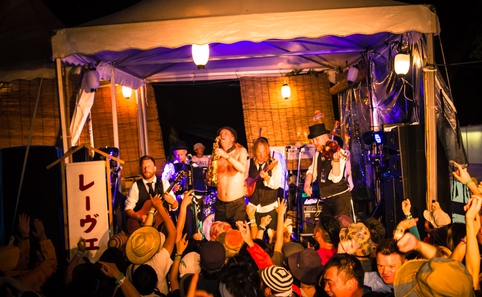
We must also spare a thought for the promoters, who are most directly affected by the current challenges. Rock festival lineups should reflect and express the momentum of youth culture, but this has become a far more difficult task over the last 10 or 20 years. The question of where things went wrong with regards to this fundamental task is at the heart of the issues that surfaced at this year’s Fuji Rock.
The main problem is that overseas artists simply don’t attract the number of listeners they used to in Japan, and big-time names are unwilling to compromise on either audience size or booking fees. The weak yen compounds this issue for promoters, making it risky to take a chance on artists who aren’t surefire hits. Fuji Rock is also the only major festival in Japan that doesn’t rely on ‘idols’ or other mainstream local artists to create excitement – the right move in the eyes of hardcore fans, but hardly an easy economic choice.
Sadly, Fuji Rock is no longer the trailblazing leader that emerged from nothing to become Japan’s top music festival. But losing it would only add to the industry’s increasing tunnel vision. This year, the festival may have narrowly escaped the same natural disaster it dealt with back in ’97, when a typhoon forced the Red Hot Chili Peppers to abandon their set, but its current predicament may very well end up having more long-term consequences.
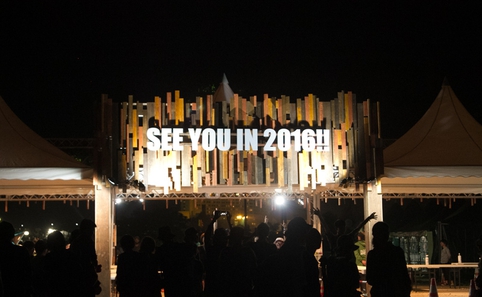
Tweets
- About Us |
- Work for Time Out |
- Send us info |
- Advertising |
- Mobile edition |
- Terms & Conditions |
- Privacy policy |
- Contact Us
Copyright © 2014 Time Out Tokyo










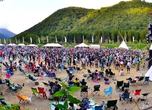



Add your comment